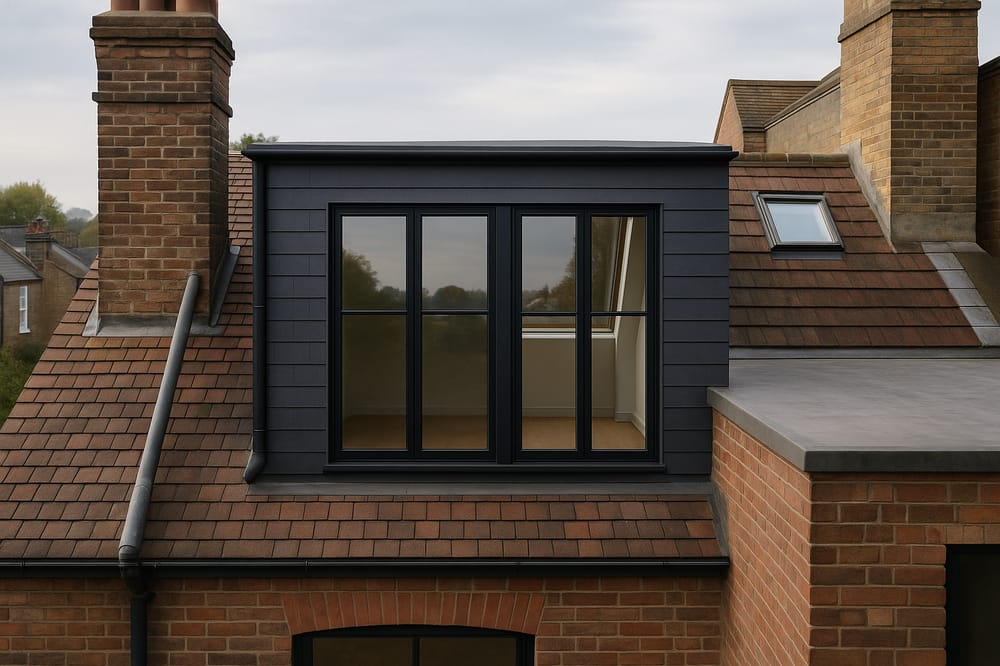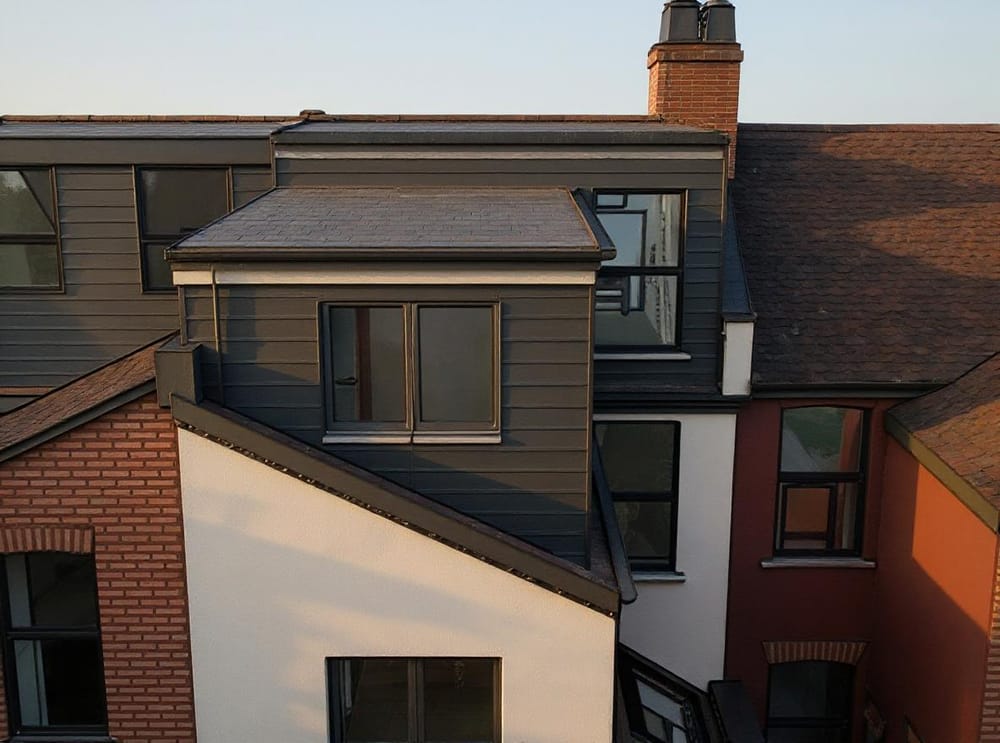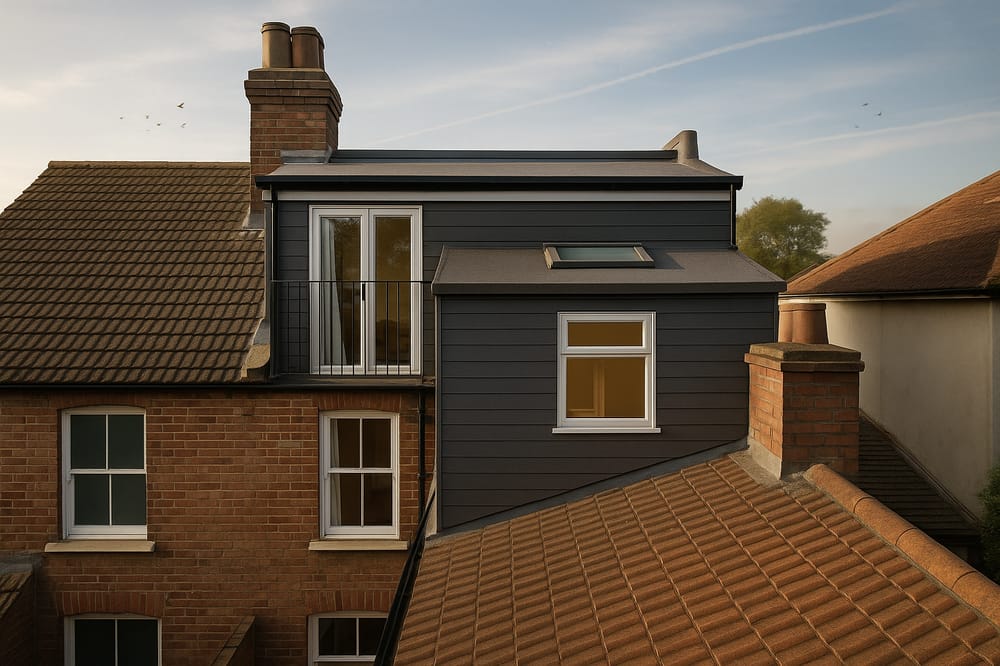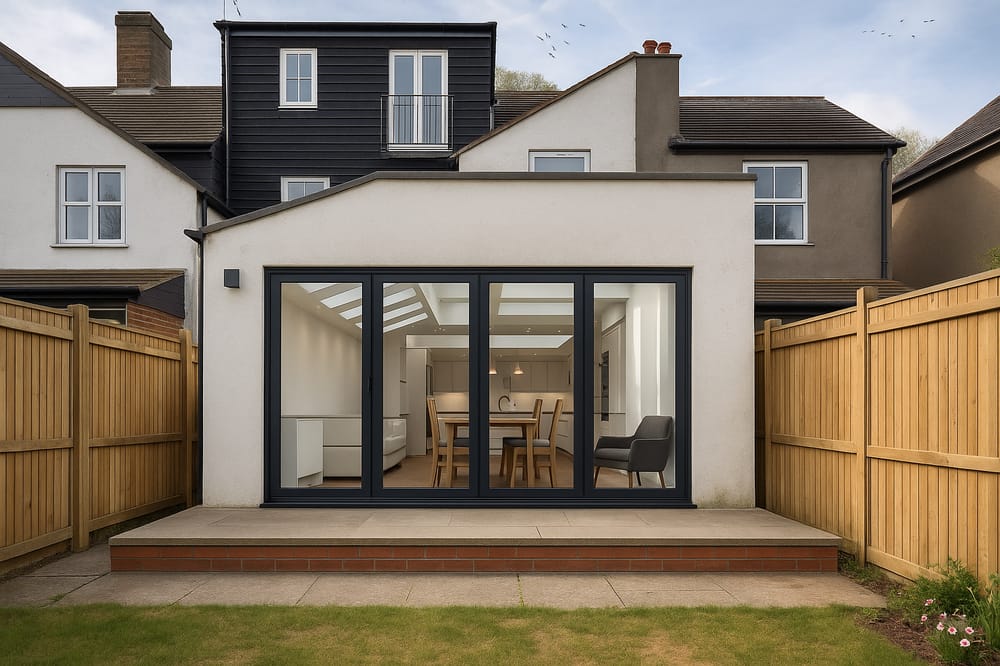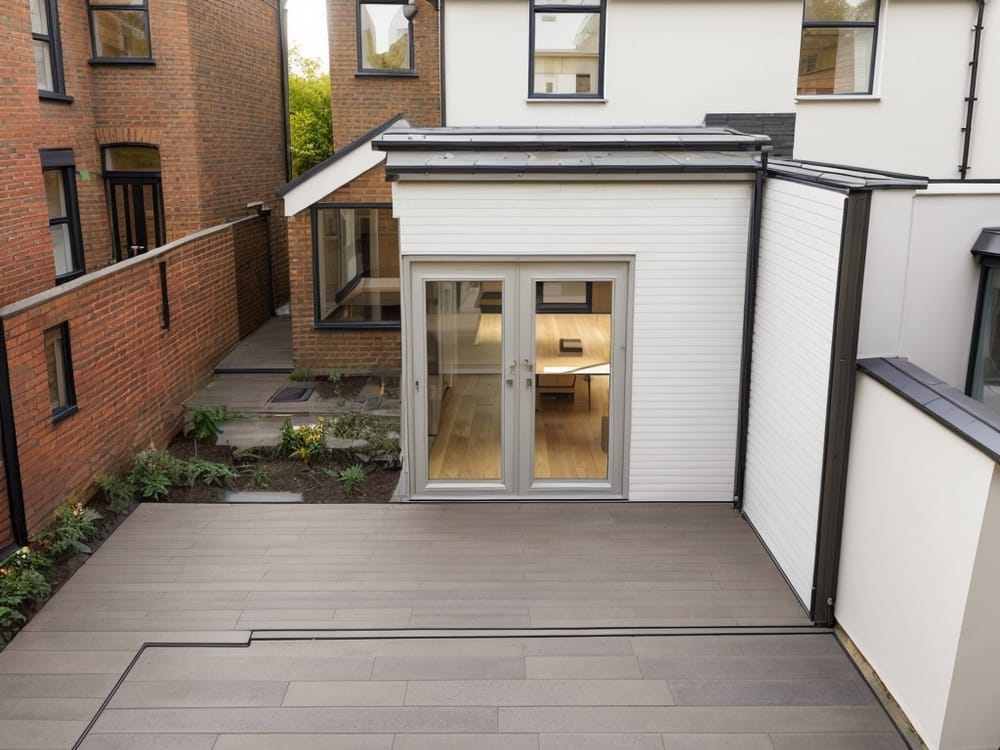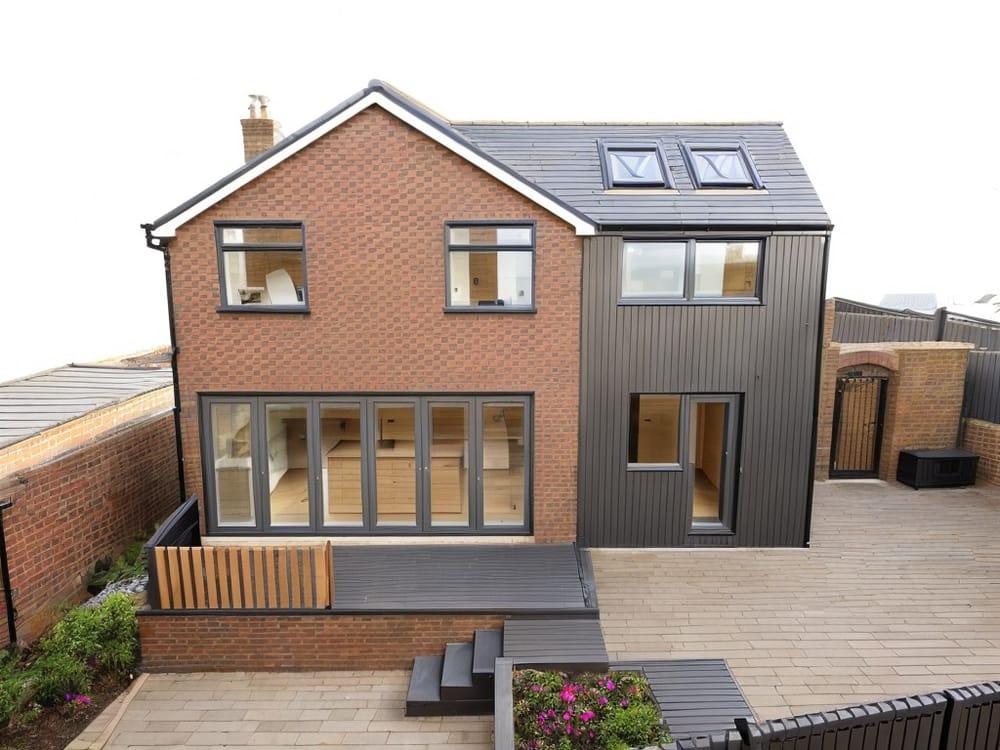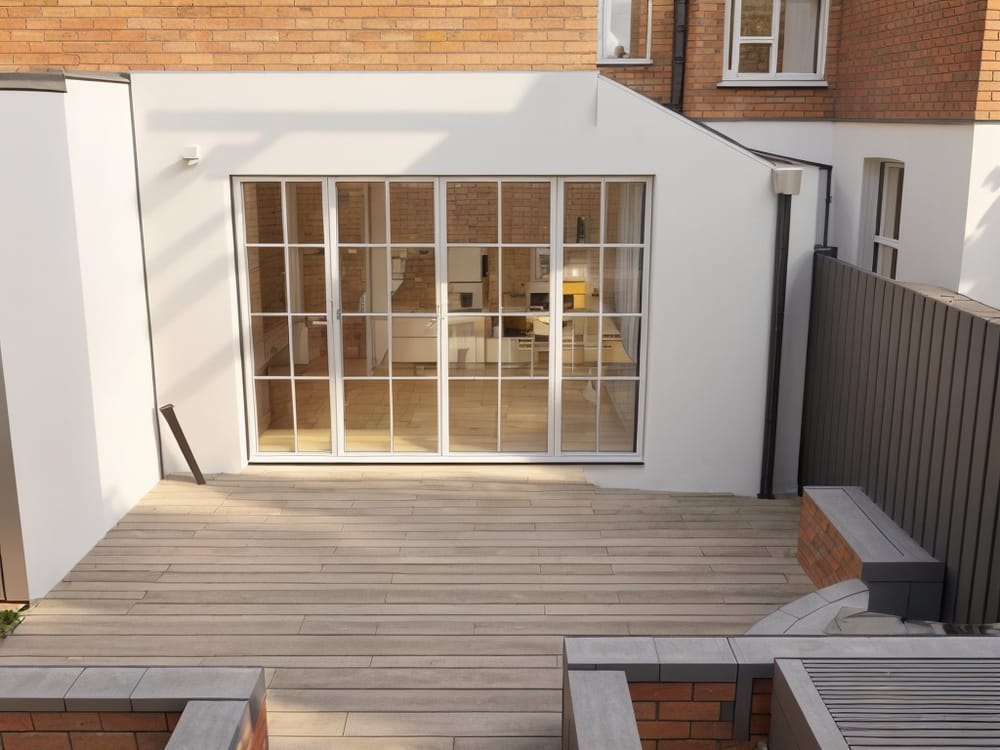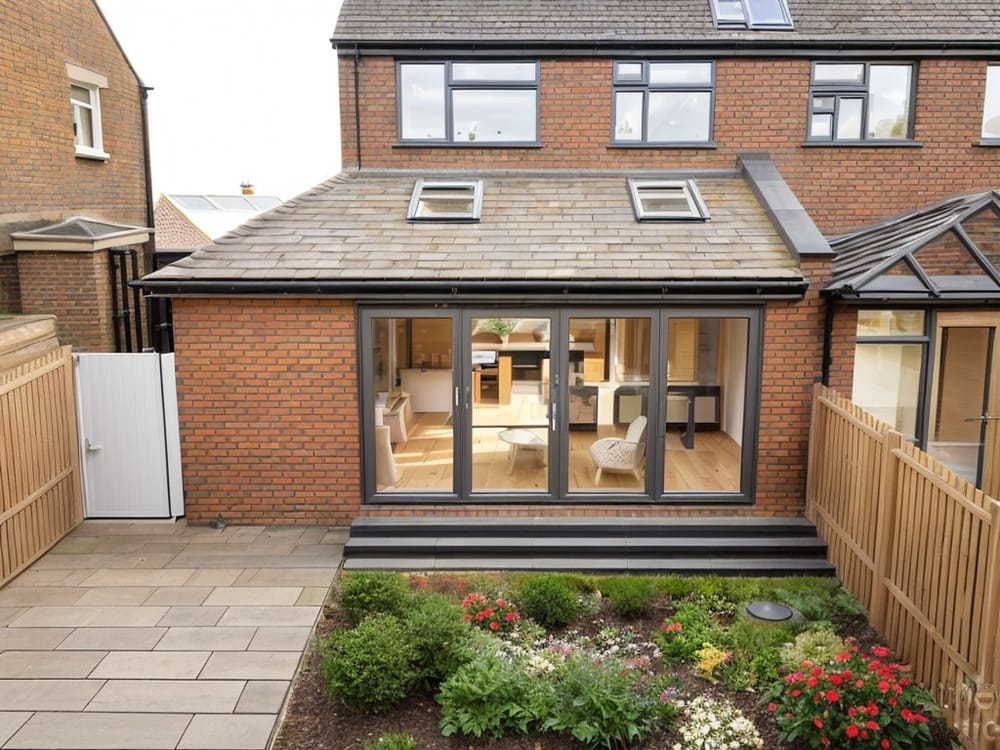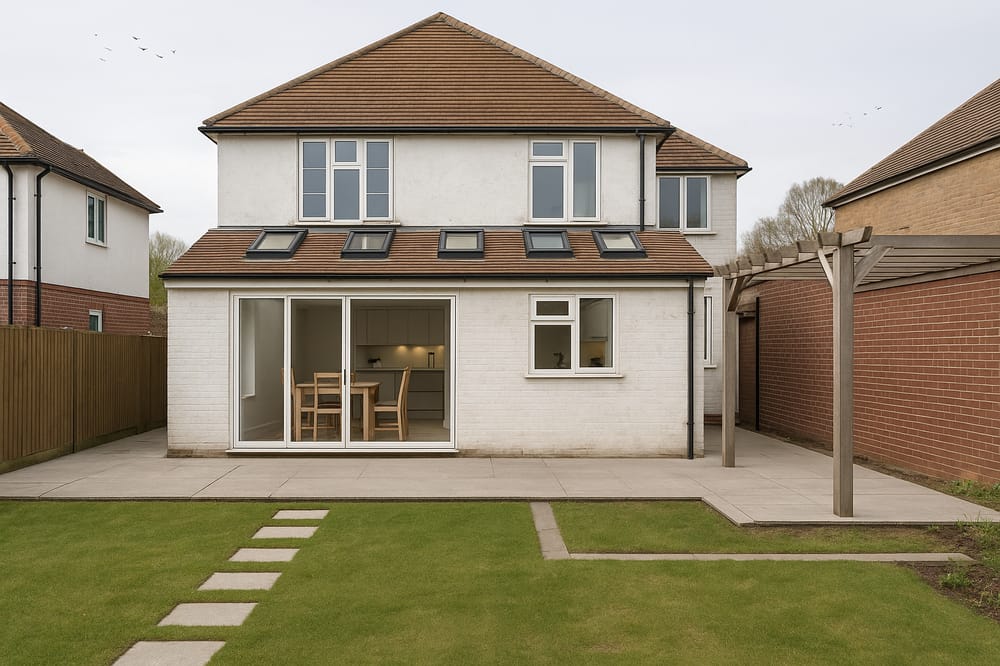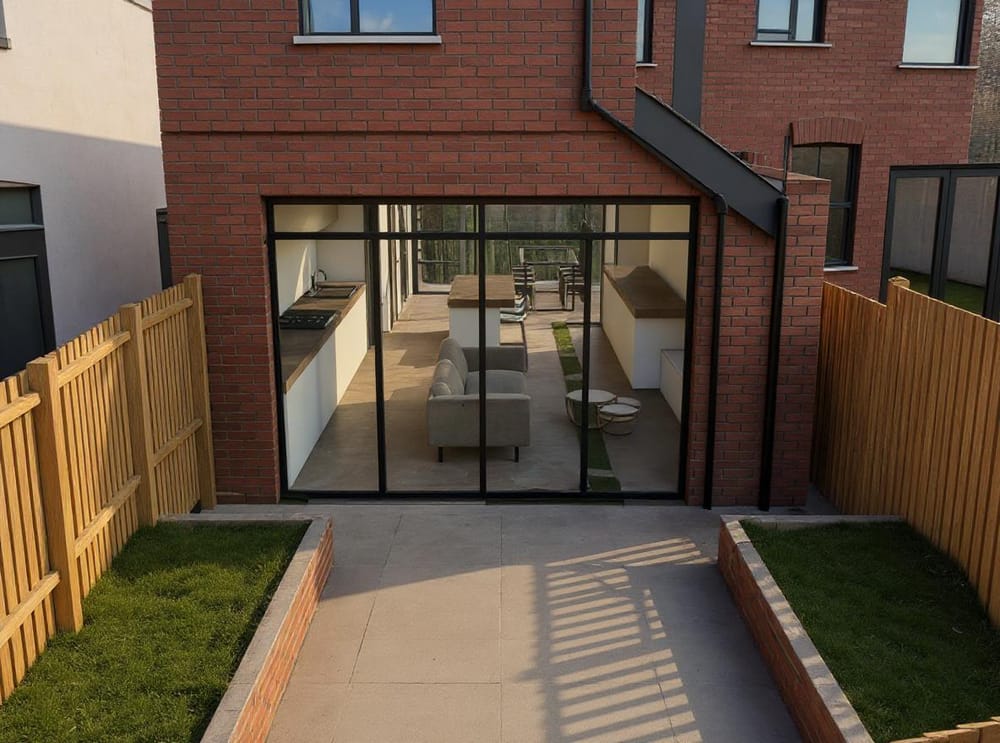The kitchen is now the central hub of a home due to the boom in an open-plan design. It is not just the room for cooking. It is the entertaining space, getting home and snuggling-up space and the cooking whilst overseeing the homework-time space. To achieve all of these when, unfortunately, we don’t have the square meterage of a Kardashian household is going to be tricky, so let’s explore how ‘pragmatic chic’ can become your new best friend.
Getting started
When first designing your kitchen, it can seem incredibly overwhelming. You can spend the extra cash on a custom design that is worth every penny if you are time-poor and cash-rich. For those who want to do it themselves and avoid costly mark-ups, there are some easy steps to take. Firstly start your research mode using Houzz, Pinterest even estate agent listings to discover styles and additions that take your fancy.
Once you have your concept, approach it like a well-put-together outfit, and use basics well with a dash of luxury. Begin with the tried and tested Ikea for their kitchen system designs. You can create your basic structure at a fraction of the price using their kitchen design planner to imagine the space.


Define the perfect layout
When it comes to the layout of your kitchen, there are a few classic options that could help you decide which one suits your need best:
- The galley layout, which features two parallel counters and is ideal for small or narrow kitchens. This layout allows for easy movement and efficient use of space.
- The L-shaped layout, which features two counters forming an L shape. This layout allows for ample counter space and can accommodate a kitchen island or table.
- The U-shaped layout, which features three counters forming a U shape. This layout allows for plenty of counter space and can accommodate a kitchen island or table.
- The island layout, which features a kitchen island in the center of the space. This layout can provide additional counter space and can serve as a gathering place for family and friends.
- The peninsula layout, which features a counter that extends from the wall, creating a peninsula. This layout can provide additional counter space and can serve as a divider between the kitchen and living area.
- The open layout, which features an open floor plan that connects the kitchen to the living and dining areas. This layout can create a spacious and flexible living space.
- The single-wall layout, which features all of the appliances and counters along one wall. This layout can be ideal for small kitchens and can provide a clean and uncluttered look.
- The walk-in pantry layout, which features a separate room or closet for storing food and supplies. This layout can provide additional storage space and can help keep the kitchen clutter-free.
Creating a practical design

The most important consideration and do not skip this, is making sure you design with storage and organisation in mind. Most people would benefit from the golden triangle rule. Simply, it is arranging your sink, fridge and stove into a triangle so you can easily flow from one to another with sufficient practical space in between. The golden triangle should give you a foundation to build your kitchen around.
Usable space should guide every decision you make, so consider lower-level storage, and maximise utility above as well as below your countertop. Utilise top-hung doors for high-level storage to avoid opening doors into usable space, and pull-out larders for maximising capacity.
For smaller kitchens, it is also advantageous to design your storage with the use case of the items in mind and where that task will be performed, such as knives and chopping boards near your prep area and cooking utensils, spices and pans near the hob space. Make sure to take advantage of corners by installing functional corner cupboards that use swing doors and rotating racks.
Clean lines and minimal distractions are crucial to achieving a ‘wow’ moment regardless of your style preference. To do this in a kitchen is trickier than almost anywhere else. To start with, we have the sheer number of appliances that take up counter space, espresso machines, toasters, blenders, and that 3-tonne microwave you’ve had for decades.
When designing your kitchen make sure to account for the storage of these appliances. Built-in microwaves or even open appliance storage can be an effective way of creating easy access whilst clearing space-consuming clutter. For some accessories like a beautiful ‘Le Creuset’ collection consider displaying these as your practical art installation. I have seen this executed to perfection on a shelf above the hob. If you have them, flaunt them right?
 © Jani Schreuder
© Jani Schreuder
Consider a utility room
Something that inflicts discomfort on almost everyone is the sound of a tumble dryer making more noise than an F-35 during your bolognese and chill night. Save your ears and ample storage space by considering a separate utility room when designing your next extension. You can also use the additional room to store less frequently used items, the cupboard-under-the-sink cleaning supplies, bins and anything else you just need out of the way on your entertaining nights.
Add a touch of style

When it comes to appearance, build multi-layered textures by considering the combination of materials you are using, their shine, colour, and feel whilst varying these throughout the room. Of course, you don’t want to create a cosy feel in the cooking area, so use differing finishes rather than layered textures to add depth. For smaller kitchens use darker materials sparingly to create a more open feel, reserve this palette for areas you don’t want to highlight to your guests such as your bin area.
From here you can start to add in your ‘pièces de résistance’. A few ideas to consider include; a wine cooler to display and store the bottles you have collected from your dinner parties and birthdays, adding a touch of the high life to your design.
Lighting is crucial to a well-orchestrated ambience, so as well as spot-lighting, think about how to distribute light throughout the room using differing statement designs supported by softer staples. For the bolder pieces try Tom Dixon for his iconic pendant lighting and supporting pieces from Pooky. Notably, Pooky has a beautiful range of rechargeable lamps that give you the bonus of reduced plug usage, unsightly wiring plus the freedom to relocate where needed.
 © Pooky
© Pooky
Other pieces to ponder are decorative bowls, ornaments and artwork that will add feeling and curiosity to an otherwise plain canvas. An affordable and quirky place to start is iamfy.co which has a great range of pieces for almost every taste. Add some flair by mixing bold colours and designs, as long as you don’t over-index on this approach you will display personality and poise sure to attract compliments on your artistic appointment. Rampant theming is a definite no-no.
Your kitchen is an expression of you so be brave but remember that usable space remains king so with some ‘pragmatic chic’ you will have a room for all occasions.


